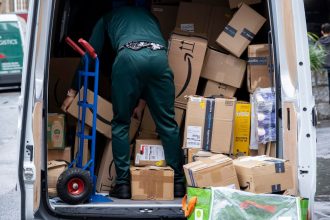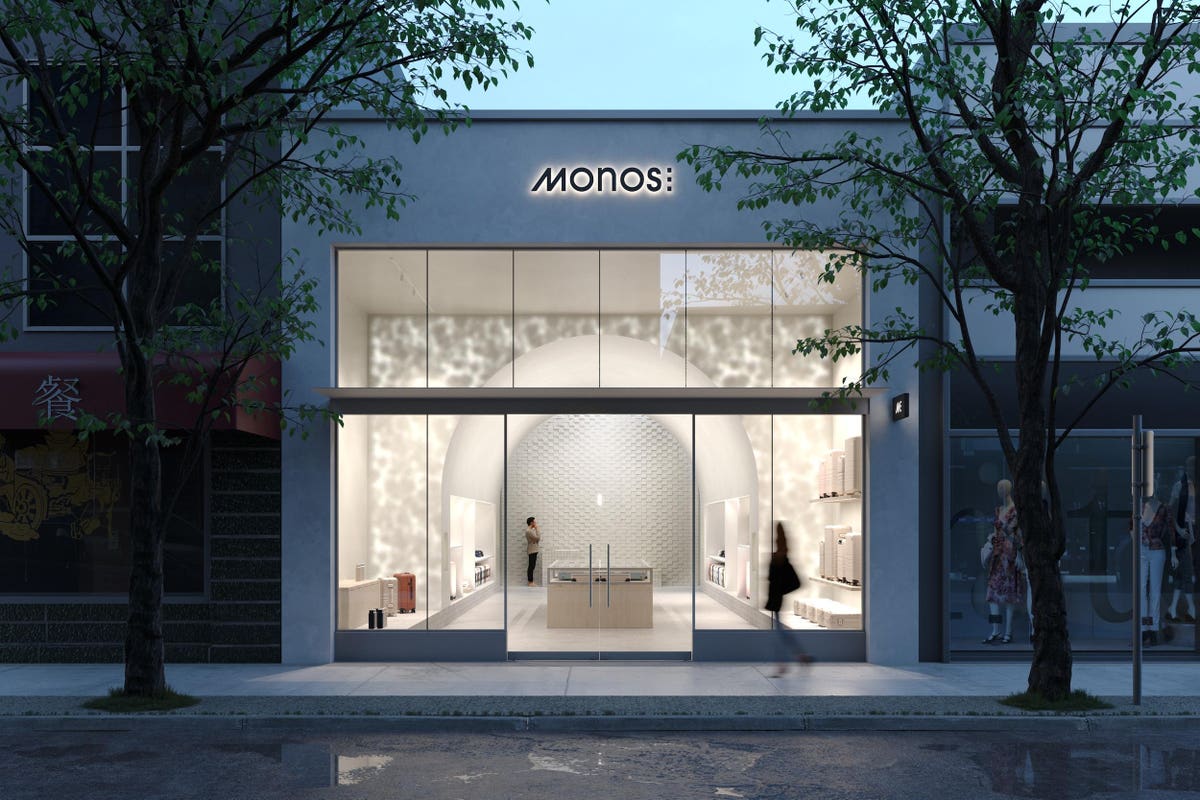Monos, a Canadian luggage retailer, launched online in 2018 with the goal of providing shoppers with an inspiring travel brand. Founder and CEO, Victor Tam, previously established another profitable direct-to-consumer (DTC) brand, Rove Concepts, and felt there was a unique opportunity in the luggage market that legacy brands and even Away had yet to capture. The company was founded with profitability in mind and the goal of building an exceptional and sustainable culture.
“What ultimately led me to build Monos was realizing that a big part of building a sustainable brand beyond the financials is its people; this creates what a brand stands for and the impact it has on not just its customers but the environment around it,” stated Tam.
The luggage industry is generally dominated by legacy brands like Samsonite, LVMH, and Victorinox, but it has grown significantly post-pandemic. In 2021, it was valued at $21.2 billion, with an expected growth of $31.7 billion by 2026. That said, many DTC luggage retailers, like Away, Rimowa, and Lipault, are rising. The competition is high, but so is the opportunity.
Wholesale and Pop-Up Learnings
Monos’ first endeavor into physical retail was a pop-up at Toronto’s Stackt market at the end of 2022. It wasn’t about making money but a way for the company to learn how its customers interacted with the product in person and their expectations of a physical experience. All the learnings, including staffing, store layout, operations, and supply chain, were then applied to the plans for the first permanent store.
This pop-up-first strategy for testing physical retail is relatively standard. More prominent DTC brands like Warby Parker have previously used this strategy, and a famous rising brand, Skims, recently launched a series of pop-ups in advance of stores opening next year.
Wholesale only plays a small part in Monos’ overall business, about 2% of total revenue, but it’s also proven to be a beneficial channel for learning and reaching new customers. “For us, our vision with wholesale was always to align with partners that carried brands that would compliment us,” shared Tam, adding that “it’s also for brand awareness; people can go touch and feel the product, and then we can leverage some activations within these stores now and then.”
Experience First
Monos’ first permanent retail location and Canadian flagship opened in Vancouver’s Kitsilano in July. The store, designed by Michael Leckie with interior design by Ste Marie, is minimalist yet luxurious, with floor-to-ceiling storefront windows and an arch that frames the space, creating a gallery-like product display.
“For us, we always knew our brand has a very aesthetic component to it, and we can show that whether it’s out-of-home ads or digital, but nothing beats the physical manifestation of that online experience,” stated Tam.
About a month in, the store beat expectations; they were hitting sales about three times greater than initial projections. The store is run by a team of “hosts,” creating a vibe similar to that of a high-end restaurant, and like the company overall, the staff are at the center of the experience.
Tam shared that “because we’re so strong in DTC (a profitable business on the digital side), it allows us to be a little bit less efficient on the physical retail side….by no means do want a store losing money, but at the same time we don’t need the store to perform at a certain amount. The experience can over-index on that; not everyone will walk into a store ready to transact, but if we leave a lasting impression, they will tell their friends.”
The brand has focused on the store’s experience, with the transactional element coming second. Historically, retailers have seen stores separate from online, but these lines have blurred as shoppers have begun shopping cross-channels more frequently. More and more direct-to-consumer brands are describing their businesses as omnichannel, defining the business’s success from profitability overall rather than from each channel independently. Away, another DTC luggage brand, also sees its business in this light; it has 12 physical stores in the US and frequently shares the impact of those stores on its e-commerce channel. Another brand with a similar attitude is Yeti, which continues to open its standalone stores while expanding other channels.
As a company that prides itself on profitability, Monos isn’t rushing into opening a fleet of new locations, but more stores are on the horizon. Tam has ambitions to expand not only across Canada but also internationally. In other words, one day, the company aims to be wherever its travelers are.
Read the full article here





